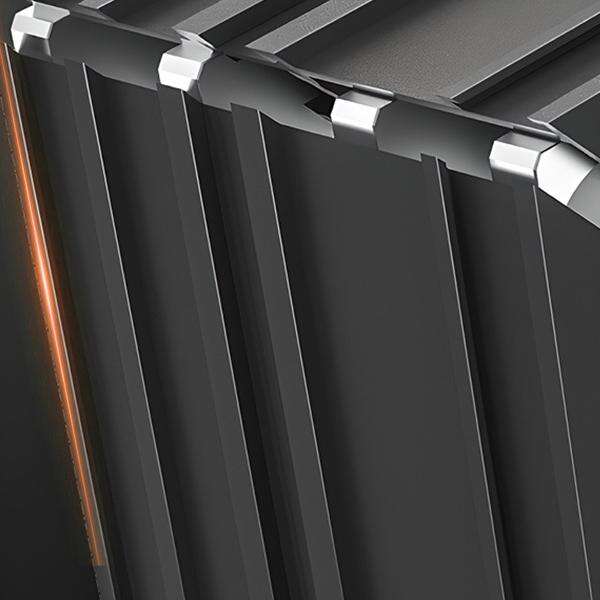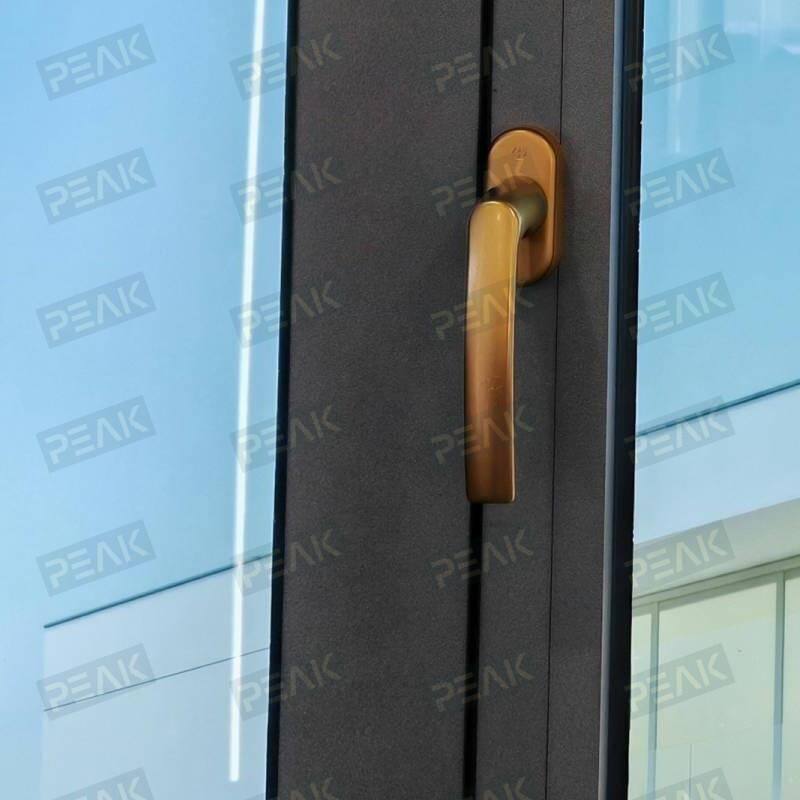thermal break aluminum doors and windows price per square meter
Thermal break aluminum doors and windows represent a significant advancement in modern building materials, with prices typically ranging from $150 to $400 per square meter depending on specifications. These systems feature a polyamide barrier between the interior and exterior aluminum profiles, effectively minimizing heat transfer and enhancing energy efficiency. The price variation reflects factors such as profile thickness, glass type, hardware quality, and thermal performance ratings. Advanced manufacturing techniques ensure precise integration of thermal barriers, resulting in superior insulation properties compared to standard aluminum frames. The system's design incorporates multiple chambers and weatherstripping components, creating an effective barrier against thermal bridging. Installation costs may vary based on project complexity and regional labor rates, but the long-term energy savings often justify the initial investment. These products are particularly valuable in regions with extreme temperature variations, offering year-round comfort and reduced energy consumption for both residential and commercial applications.


